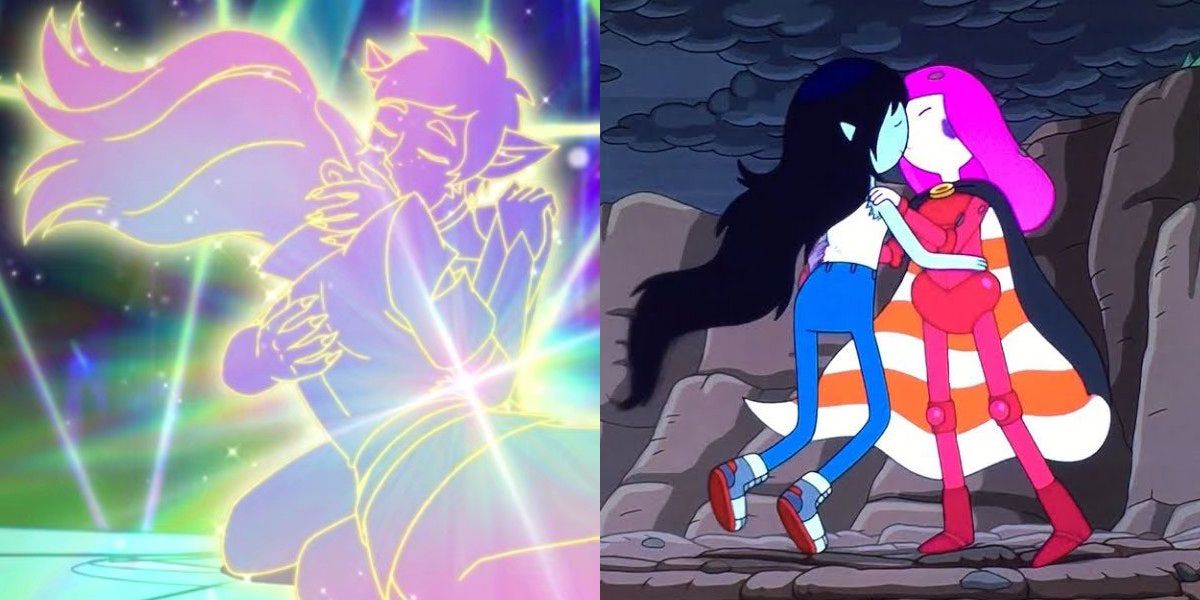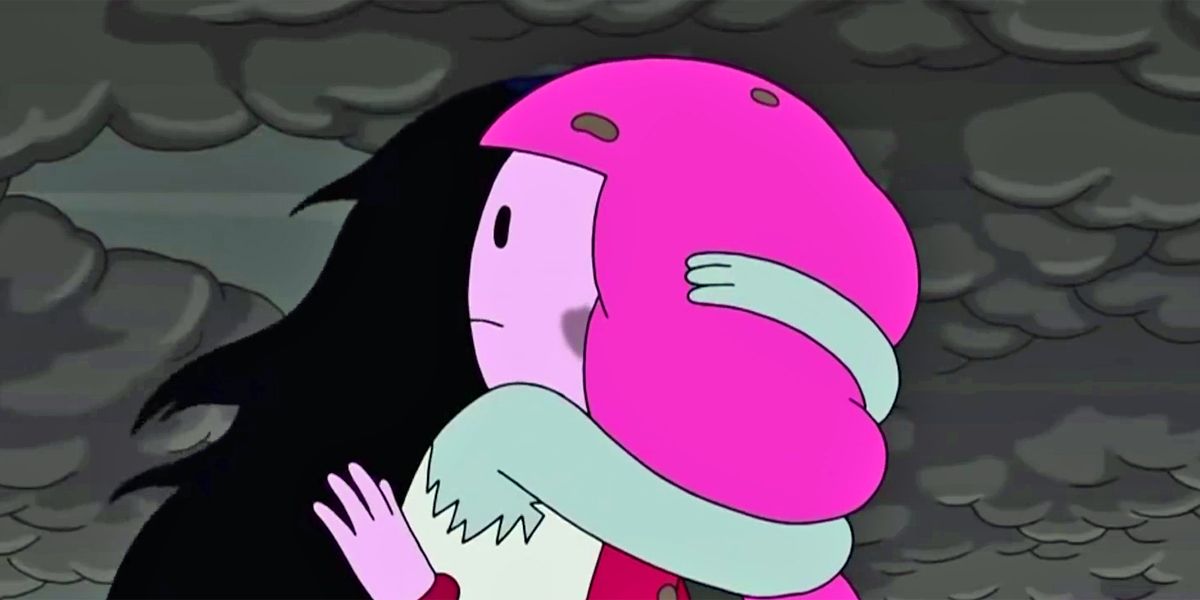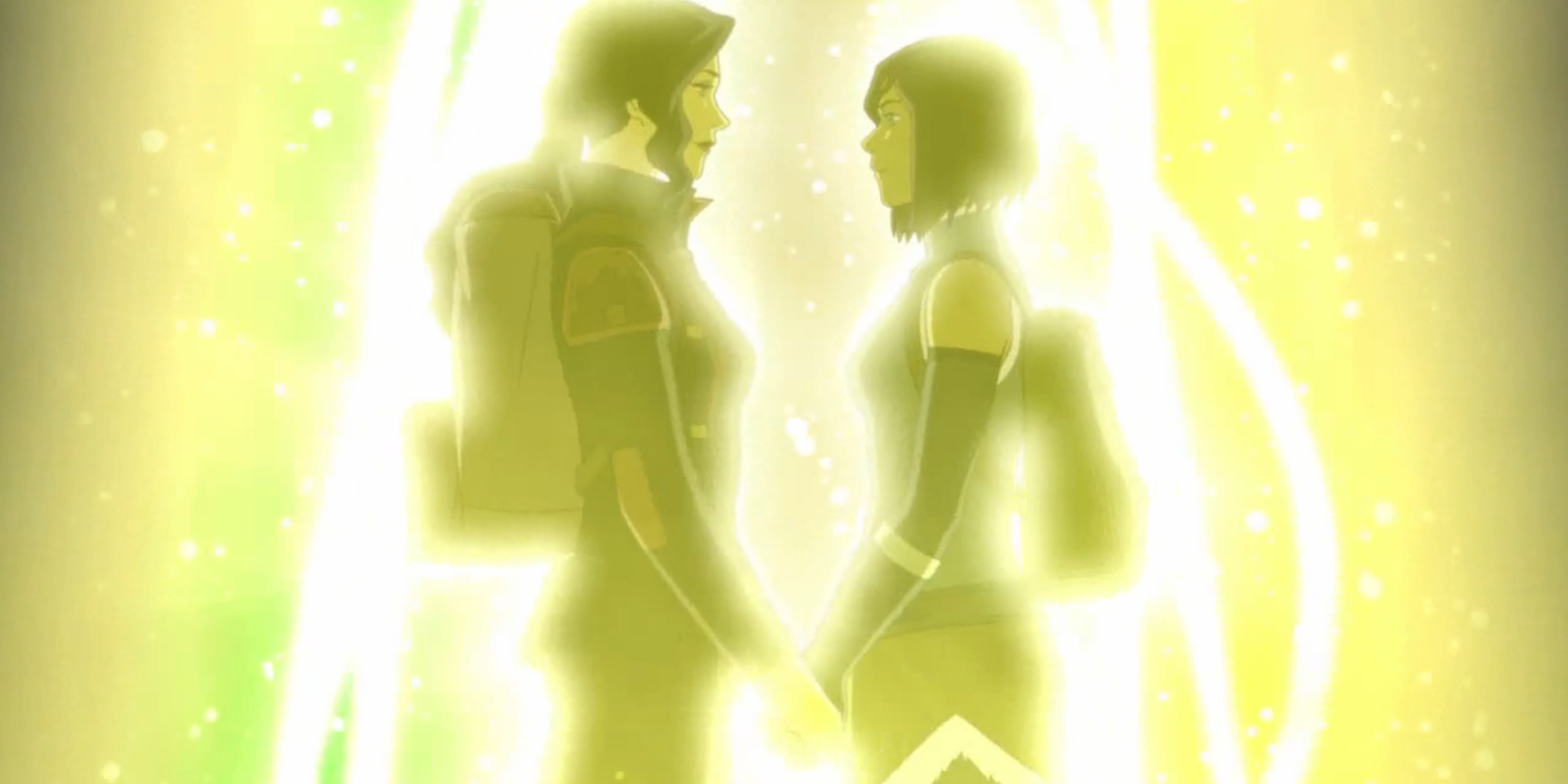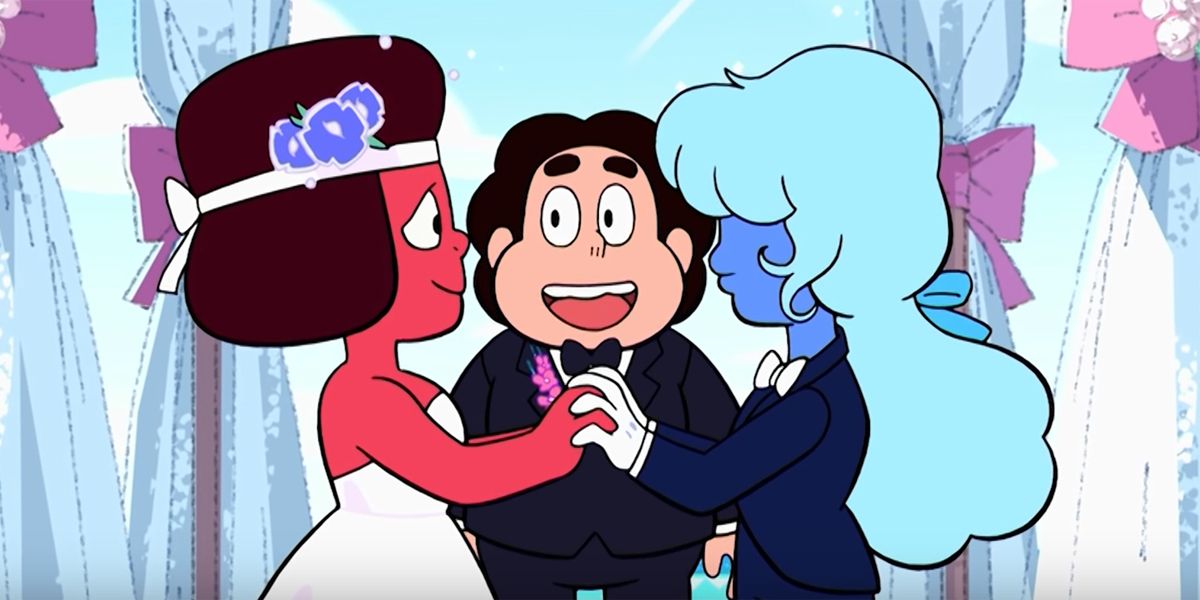LGBTQ representation in popular media has been a slow, uphill battle. Things may have reached a point where popular films with same-sex relationships can reach popular acclaim (Moonlight, Bohemian Rhapsody and The Favourite are all award-winning films in recent years centering around queer narratives), but there's a larger burden to overcome when it comes to animated films. Disney is the largest purveyor of feature animation in the West, and it's been slow to make progress. The gay "character" in Avengers: Endgame didn't even have a name, and the advertised "first" in Pixar's Onward amounted to a character who only appeared in a single scene.
But while Disney's attempts at representation on the silver screen have been lacking, the 2010s, in particular, have been a golden age for representation in children's television. From Adventure Time to Legend of Korra to Steven Universe, LGBTQ youth seeking role models in animated media don't have to look far to find them.
Adventure Time was an animated fantasy series debuting on Cartoon Network in 2010, and spanned nearly the entirety of the decade, ending in 2018. The show's representation was subtle at first. The robot character BMO expressed a fluid identity, alternating pronouns and expressing attraction to creatures of various genders, but probably only got away with this initially because he's a robot. The Season 3 episode "What Was Missing" went heavy on subtext hinting past the lesbian relationship between Marceline and Princess Bubblegum.
A behind-the-scenes video that directly mentioned this subtext caused enough backlash for the video to be taken down and an apology to be issued. This incident is emblematic of how small steps towards LGBTQ inclusivity are met with massive backlash from conservative viewers, which can often cause studios to backpedal. Marceline's voice actress, Olivia Olson, told fans at a book signing in 2014 that while the show's crew considered the relationship to be canon, it couldn't be shown because the show airs in parts of the world where homosexual relationships are illegal. This is likely why confirmation of the couple's relationship was only included in the last episode of the show "Come Along with Me," where the couple finally shares a kiss.
Adventure Time isn't the only 2000s cartoon that saved confirming a same-sex relationship until the finale. The Legend of Korra, a sequel series to Avatar: The Last Airbender, confirmed its main character Korra was bisexual in the final moments of the show, as Korra and Asami hold hands while staring into each other's eyes. This portrayal is more ambiguous than Bubblegum and Marceline, but it was still super important in 2014. Both Korra and Asami had dated men throughout the series, but that didn't mean they couldn't express interest in each other as well.
Getting LGBTQ representation in childrens' shows isn't as easy as creators just deciding to write it in. Those creators have had to fight against censorship. Rebecca Sugar, who was instrumental in setting up Marceline's character in Adventure Time, would go on to become Cartoon Network's first non-binary showrunner with her series Steven Universe.
Unlike Adventure Time or Legend of Korra, Steven Universe was a proudly queer series from the beginning. Pearl pined for Rose Quartz, Steven and Connie formed the non-binary fusion Stevonnie and, most significantly, Garnet was the fusion embodiment of the love between the Gems Ruby and Sapphire.
Sugar stated in an interview with the Los Angeles Times "one of my main goals was to find a way to create an interracial, queer-coded relationship that a whole generation of kids would see." Season 5 took the show's progressive representation to the next level by showcasing Ruby and Sapphire's wedding. Sugar also noted once the decision was made to allow the wedding, the same standards of queer acceptance were applied to every show on Cartoon Network: "Everything that a heteronormative couple could do on the show, this queer couple could do. That was it."
Sugar isn't the only writer who had to fight to get representation in their show. In a recent interview with Gizmodo, She-Ra and the Princesses of Power showrunner Noelle Stevenson talked about the steps she took to make sure Adora and Catra's relationship would be included. “If I can get them to this place where their relationship and that romance is central to the plot, and it can’t be removed, can’t be noted-out or it can’t be something that’s cut later, then they’ll have let me do it.” That philosophy is at the core of She-Ra, and it shows. The couple's confession of mutual love and kiss is the emotional climax of the final episode of the show- it's not something merely added into the episode or series, but an integral part of it.
She-Ra's finale marks the first stride into a new decade for representation in children's animation, and it's looking like this cultural trend is spreading... even to Disney productions. Pixar's animated short Out, recently released on Disney+ as part of the SparkShorts series, showcases a man struggling to come out to his parents about his own relationship with his boyfriend. An animated short isn't the same as a full movie, but it's an amazing first step for Disney and Pixar, who up until now had been seemingly hesitant to depict those relationships in the same ways they did for heterosexual ones. While fans wait for what might come to the silver screen in the future, they can enjoy all the animated shows that have pushed representation in the medium forward for the past decade.




